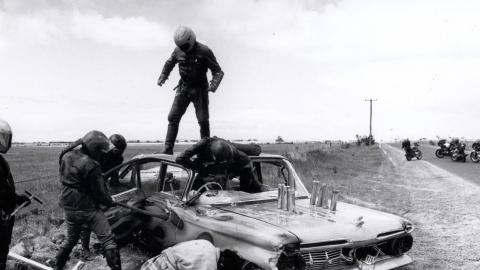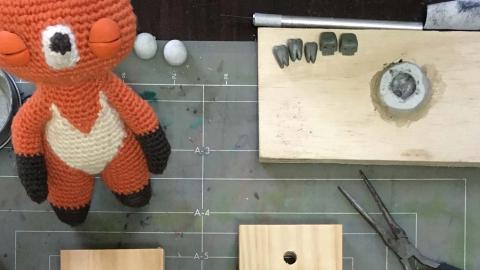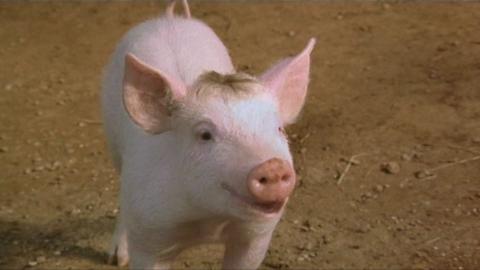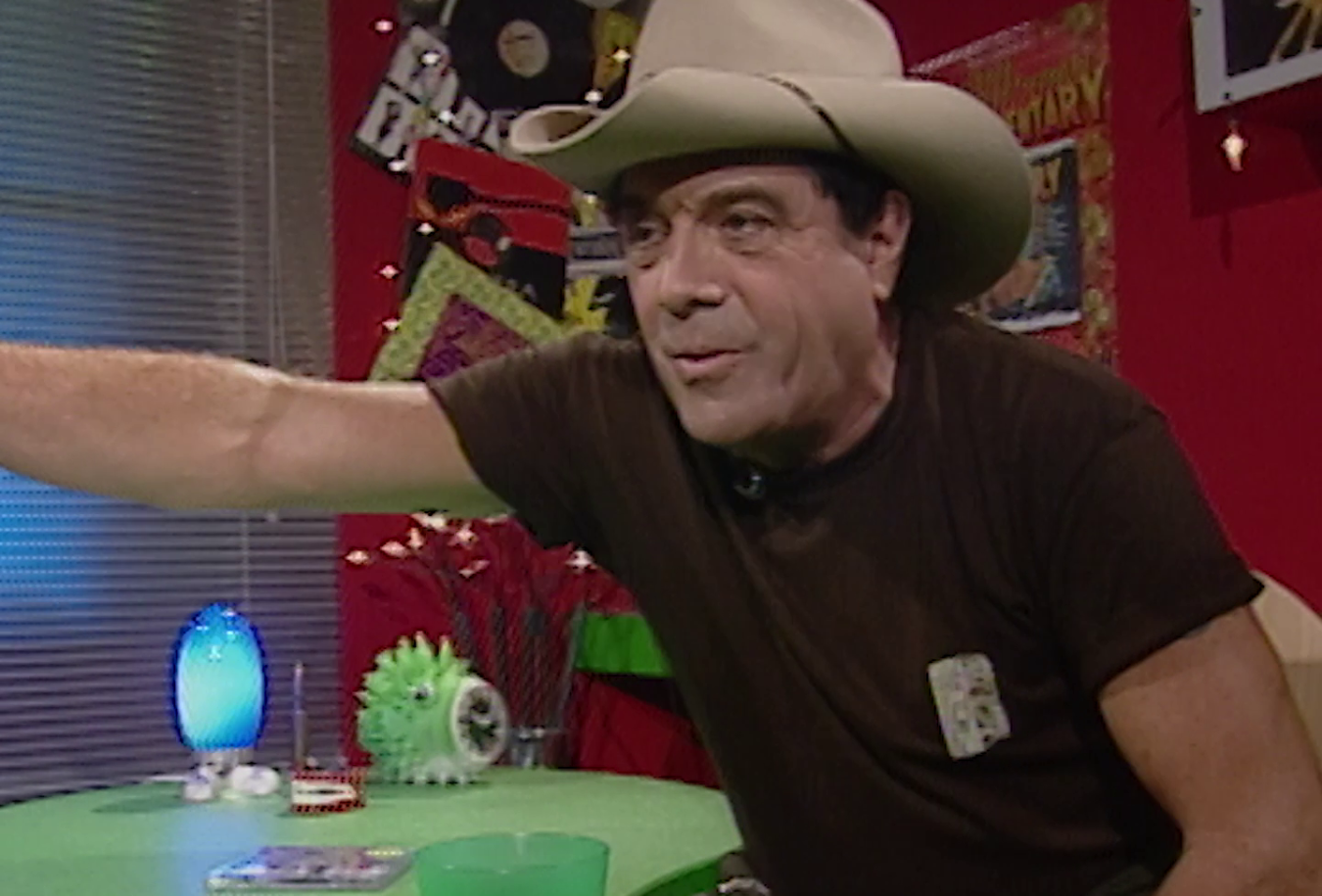
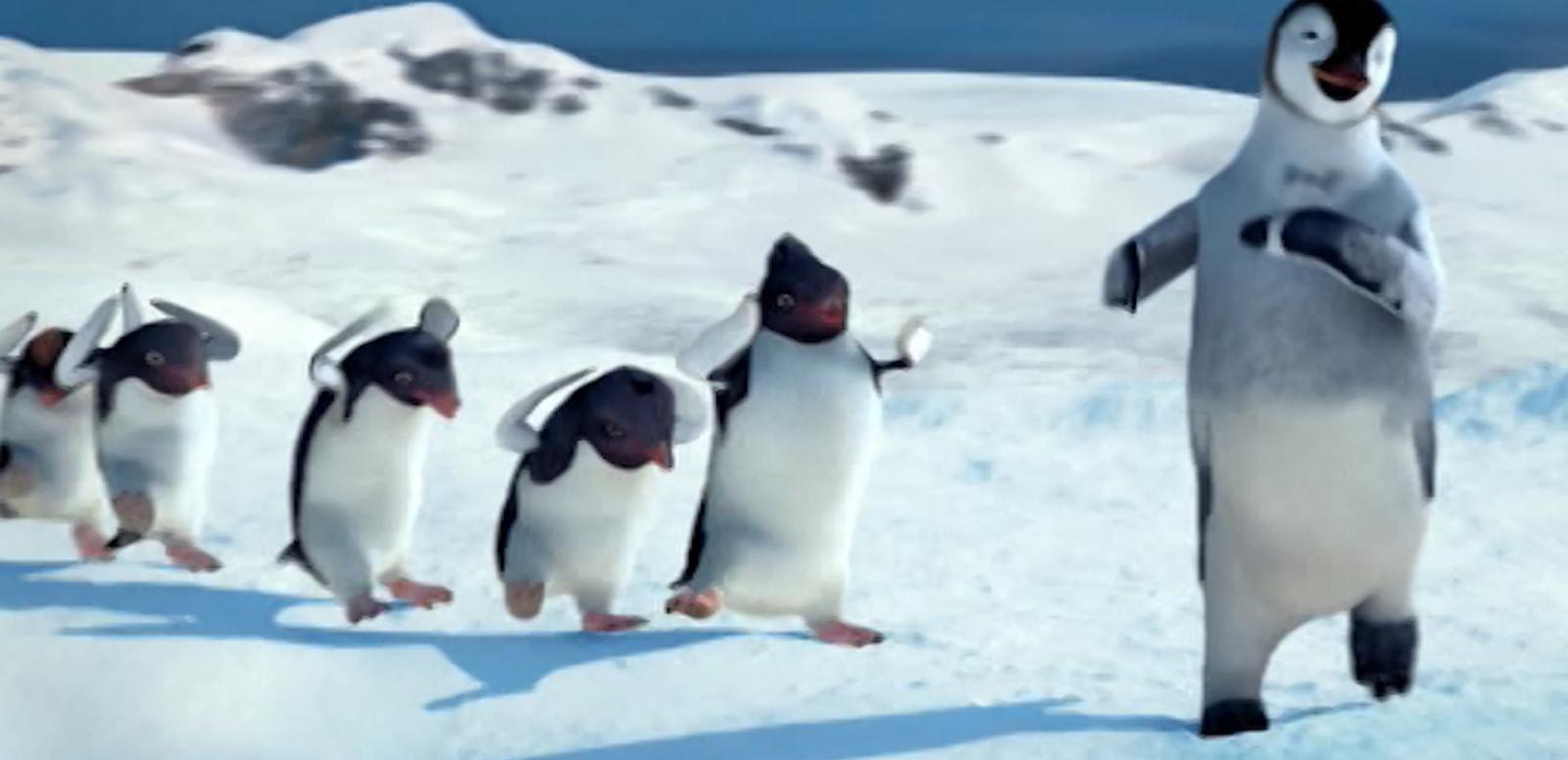
Happy Feet
Happy Feet
Filmmakers spent two months in Antarctica photographing landscapes and fauna to make this animated film look photoreal.
Synopsis
Mumble is the only Emperor penguin chick in Antarctica who can’t sing. His friend Gloria (voiced by Brittany Murphy) has a glorious voice, but Mumble can never hope to attract a mate without a ‘heart song’, the personal tune that all Emperor penguins must have. He knows he can dance better than any penguin alive, but as his father Memphis (voiced by Hugh Jackman) tells him, dancing ‘just ain’t penguin’. Worse, Mumble (voiced by Elijah Wood) is banished by the elders, who think his dancing is responsible for their shortage of fish. His mother Norma Jean (voiced by Nicole Kidman) is heartbroken.
A dejected Mumble leaves the colony, determined to find out why the fish are disappearing. He has heard a rumour from the large and frightening Boss Skua (voiced by Anthony LaPaglia) that aliens inhabit the earth. He is adopted by five fun-loving Argentinian Adelie penguins, led by the pint-sized Ramon (voiced by Robin Williams), who teach him how to party. A fat Rockhopper penguin called Lovelace (also voiced by Robin Williams), who’s slowly being strangled by a plastic tie around his neck, joins their quest. Mumble will see many amazing things before he returns to his home.
Curator’s notes
by Paul Byrnes
Happy Feet is much more than an extension of the winning formula that George Miller discovered with Babe. There are obvious similarities in the overall shape of the story – a pig that wants to herd sheep, a penguin that wants to dance – but Happy Feet leaps much more wholeheartedly into the digital possibilities of computer animation. All of the film, except for a few shots of humans, was generated in computers. Miller sees the growth in digital effects as the greatest change in film technology since the coming of sound and Happy Feet set out to take that technology further than any film had done before.
There were a number of direct inspirations for the film. Miller was amazed and moved by the story of how the Emperor penguins breed, which he saw in David Attenborough’s BBC series Life in the Freezer, made in 1993. He was also impressed by the advances in digital motion capture technology developed by Peter Jackson’s company Weta Digital, for the Lord of the Rings films. These techniques made it possible to conceive of Happy Feet as a musical, where the moves of some of the greatest dancers in the world – notably tapper Savion Glover – could be digitally captured and rendered onto the penguins. At the same time, Miller wanted the film to be ‘photorealistic’, reasoning that the beauty of the Antarctic landscapes did not need augmentation so much as accurate rendition. An expedition led by Antarctic tour guide Howard Whelan spent two months in Antarctica photographing landscapes and icebergs and fauna from every conceivable angle. These images were fed into computers at the digital effects house, Animal Logic in Sydney. The level of detail allowed Miller to simulate camera movement from any angle and with any lighting condition. This made Happy Feet more visually flexible than previous computer animations and more spectacular. The film uses a lot of flying camera techniques to accentuate the grandeur, but the power of the technology also made it possible to animate the penguins at a micro level, to an extraordinary degree. Mumble has six million individual feathers, for instance. One scene of the Emperor colony, according to Miller, shows half a million penguins, all independently animated.
Thematically, the film has a strong environmental message, although it’s never as dark as Babe. Penguins eat fish, just as humans eat pigs, but the fate of a fish never becomes an ethical concern, except in the overexploitation by humans. There is a big difference, of course, in that humans don’t have to eat pigs, while penguins do have to eat fish. The fear of being eaten drives the drama in Babe and dictates the style. The imperative in Happy Feet is still on food production (the shortage of fish for the penguins), but the emotional core of the film is about fitting in, more than feeding. Both films are about the need to pursue one’s talents, to develop one’s creativity – an important theme in Miller’s work, but also the kind of message that Hollywood studios can readily understand. Happy Feet is probably the first international blockbuster digital animation made largely outside the United States, but most of the reported US$100 million budget still came from a major studio (Warner Bros).
The need to appeal to an American audience shows through in both the accents of the characters (American, even when voiced by Australian actors) and the racial diversity of the character types (which have a strong Hispanic and African-American influence). The diversity is not simply an attempt to attract a diverse audience in the US: the film also makes tolerance of diversity its main theme. The Emperor penguins in Happy Feet have lots of different backgrounds and spiritual beliefs, but they won’t survive except in a tight huddle, clinging to each other for warmth.
The National Film and Sound Archive of Australia acknowledges Australia’s Aboriginal and Torres Strait Islander peoples as the Traditional Custodians of the land on which we work and live and gives respect to their Elders both past and present.
